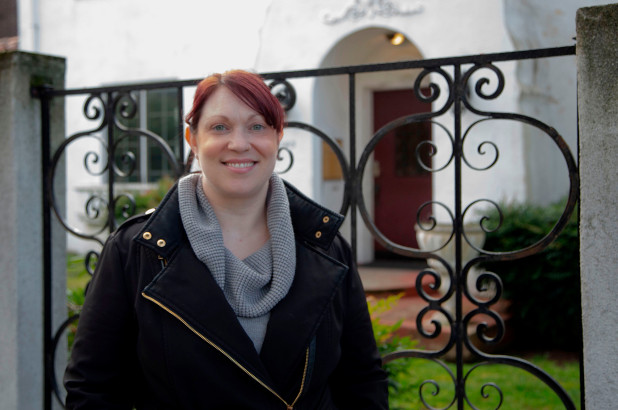At last comes a measure of reassurance about the effects of the global pandemic: A woman who has fully recovered from coronavirus is a living, breathing beacon of hope.
Elizabeth Schneider, 37, had a relatively mild experience with the sometimes-deadly virus, for which she treated herself at her home in Seattle, Washington. So far, the Northwestern state has suffered the highest number of deaths — at least 30 — in the US from the disease.
Schneider, who has a doctorate in bioengineering, told the Agence France-Press she was sharing her story “to give people a little bit of hope.” Her story is more common than one might think: US health authorities say 80% of cases have been mild. The remaining cases that needed hospitalization affected mainly citizens over the age of 60 and those with pre-existing conditions such as diabetes, heart disease or lung disease.
Schneider revealed how she first began experiencing flu-like symptoms on Feb. 25. The symptoms occurred three days after she attended a party that was later identified as the place where at least five others caught the bug.
“I woke up and I was feeling tired, but it was nothing more than what you normally feel when you have to get up and go to work, and I had been very busy the previous weekend,” she said.
She felt a headache coming on around noon, along with fever and body aches. This was enough to cause her to leave her office at her biotechnology firm and head home.

The marketing manager napped but woke with a temperature that peaked at 103 degrees Fahrenheit that night.
“And, at that point, I started to shiver uncontrollably, and I was getting the chills and getting tingling in my extremities, so that was a little concerning,” she said.
She took over-the-counter flu medication, and called a friend to be on standby in case she needed to be taken to the hospital, but the fever receded over the following days.
Schneider wrongly assumed she didn’t have COVID-19 because she didn’t experience the usual symptoms such as coughing or shortness of breath.
She was up to date with her flu shot, but thought her illness was due to a different strain. When she visited her doctor, she was instructed to go home, rest up and drink large amounts of fluids.
The way she began to suspect she had something more serious was via social media. A friend on Facebook posted that several folks from the party had developed similar symptoms. These people went to their doctors, where they tested negative for the flu, but were not offered coronavirus tests because they were not showing the common signs of coughing and difficulty breathing.
Smartly, Schneider enrolled in a research program called the Seattle Flu Study in hopes of getting to the bottom of her sickness. She was mailed a nasal swab kit by the researchers, which she mailed back. Then began a wait of several days.
On March 7, she got a call with the bad news: She had tested positive for COVID-19. Surprisingly, Schneider felt relieved. “I was a little bit pleasantly surprised, because I thought it was a little bit cool,” she told the AFP, adding that she found it interesting from a “scientific perspective.”
Her symptoms had already subsided by the time she was diagnosed. Local health authorities told her to stay at home for at least seven days after the onset of symptoms or up to 72 hours after they stopped.
Meanwhile, Schneider, who has been feeling better for the past week, has started venturing out on errands. She is still avoiding large gatherings of people and is working from home.
“If you think you have it, you probably do,” said Schneider. “If your symptoms aren’t life-threatening, simply stay at home, medicate with over-the-counter medicines, drink lots of water, get a lot of rest and check out the shows you want to binge-watch.”
Still, she warned it is important to consider high-risk individuals and to stay home if you feel sick.

